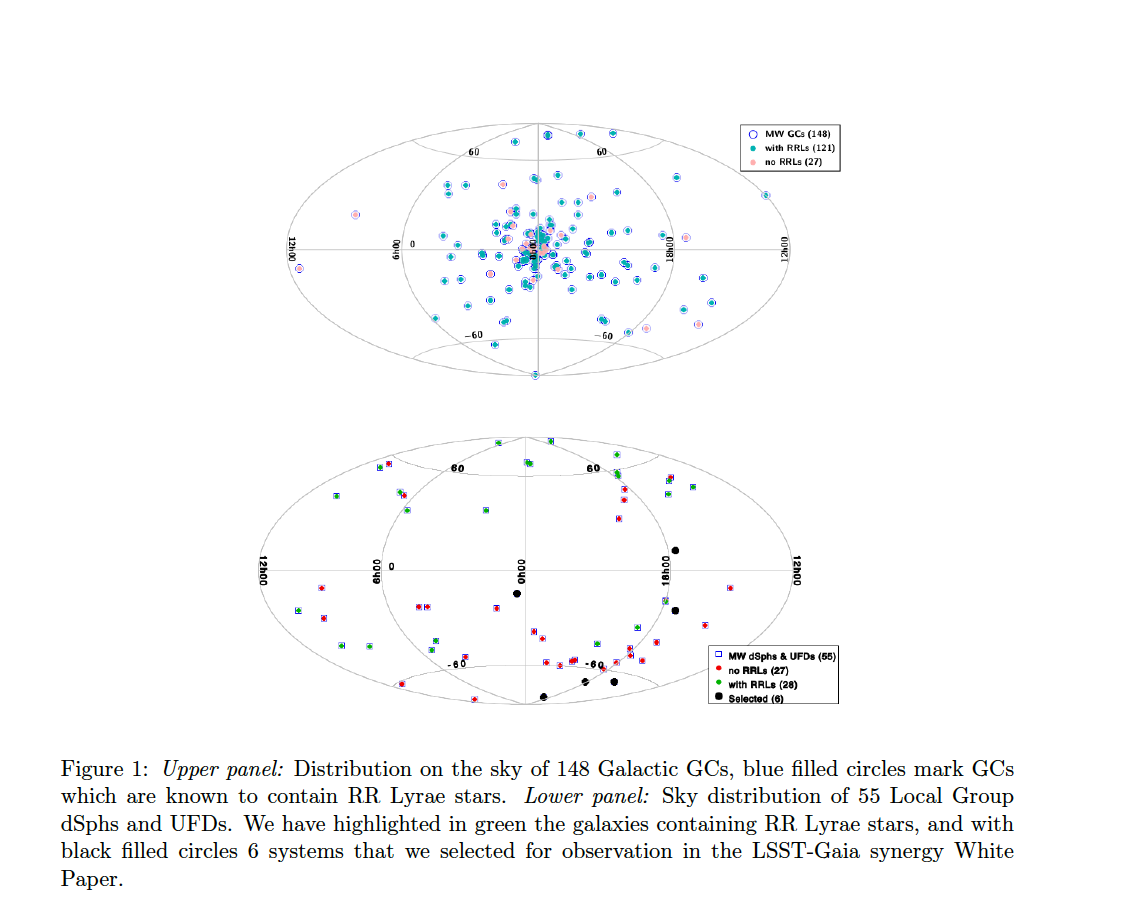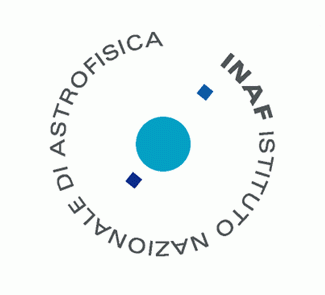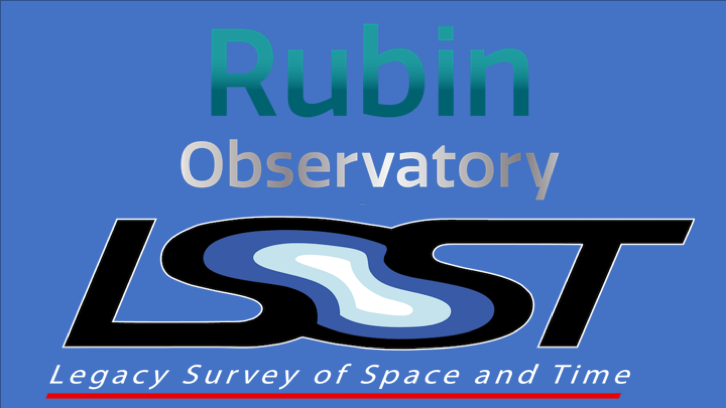Scientific Objectives
Gisella Clementini reviewed the tools for the classification, validation and characterization of pulsating stars developed within the work package devoted to the specific processing and characterization of Cepheids and RR Lyrae stars observed by Gaia, that she leads in the Coordination Unit 7 (Variability) of the Gaia Data Processing and Analysis Consortium (DPAC), in order to verify their adaptability to the cadence of the LSST data ow. She prepared the White Paper \The Gaia-LSST Synergy: resolved stellar populations in selected Local Group stellar systems”, which was done jointly with the LSST project: \RR Lyrae, Cepheids and Luminous Blue Variables to constrain theory using LSST observations” PI I. Musella, specifically taking care of defining the scientific case and selecting targets as to guarantee an optimal synergy between the Gaia and LSST observations and their mutual detection/saturation limits.
Michele Cignoni has been working at improving the proprietary genetic code SFERA (Star Formation Evolution Recovery Algorithm), which will be used to recover the SFH of the LSST dwarf galaxies, by testing it on several galaxies of the HST treasury program LEGUS, as well as nearby ultra faint dwarfs (UFDs) and very deep Large Magellanic Cloud fields. The aim was to make the code working in all possible conditions of stellar crowding, differential reddening, metallicities and star formation regimes. He has also implemented in the code two sets of stellar models, the Padova PARSEC 2018 and latest MESA MIST.
Alessia Garofalo performed a search for RR Lyrae variables and SX Phoenicis in Milky Way classical dwarf spheroidals (dSphs), UFDs and globular clusters (GCs), using external databases (e.g. Gaia, ViZier, ADS, OGLE IV). These databases will be used in the future to select targets for the LSST DDT minisurvey proposals and to test the performance of the LSST pipeline for variable stars. Figure 1 shows in the upper panel 148 GCs and, in the lower panel, 55 Local Group dSphs (including the 6 systems selected for observation in the LSST-Gaia synergy White Paper) and UFDs. The systems containing RR Lyrae stars were marked with different colours (see legend).
Alessia Garofalo and Tatiana Muraveva actively participated in the TVS Task Force (TF) on Stellar variability in crowded fields (chair M. Dall’Ora) dedicated to creating metrics aimed at testing the LSST pipeline in crowded fields by recovering main parameters (periods, magnitudes, etc.) and distances of variable stars. DECam archive calibrated images (PI: Saha) of fields observed also by the OGLE IV survey were chosen as a test dataset. Members of our quintuplet attended the TF weekly telecons, contributed to the analysis of the DECam images, the cross-match of the identified variables with the Gaia dataset and to study the under-development de-blender for the LSST stack, Scarlet.
Felice Cusano is developing a database of images based on LBT observations. The plan is to build a big photometric catalog with all possible information based on these images. As a first step of the project we are querying the LBT INAF archive to collect a sample of LBC images in the range of LSST visibility, e.g. with declination lower than dec < +15. The LBC images will permit the first comparison at a similar depth of the first LSST images, allowing the detection of early transients and candidate long period variable. Furthermore, the LBC images will allow us to determine first-epoch positions for faint star (V > 22 mag) in the Milky Way and in dwarf satellite galaxies beyond 100 kpc, thus permitting a first LSST measure of accurate proper motion for thousand of stars.
Vincenzo Ripepi used the wide experience gathered in the preparation of the pipeline to characterize and classify classical pulsators (e.g. RR Lyrae, Cepheids and delta Sct variables) in the context of the Coordination Unit 7 of the Gaia DPAC, to contribute to the definition of the target list (galaxies, type of variables), feasibility and choice of the best observing strategy (e.g. cadence, number of visits, filters) for the White-Papers of which he is a co-author: 1) \The Gaia-LSST Synergy: resolved stellar populations in selected Local Group stellar systems” (P.I. G. Clementini, I. Musella); 2) \unVEil the darknesS of The gAlactic buLgE” (VESTALE, P.I. G. Bono); 3) \Mapping the Periphery and Variability of the Magellanic Clouds” (P.I. K. Olsen-P. Szkody).
Roberto Silvotti extracted a catalogue of Gaia DR2 white dwarfs falling in the LSST Wide-Fast-Deep (WFD) survey and he started preliminary simulations to estimate the efficiency in detecting WD transits when using different observing strategies (2x15s vs 1x30s exposures per visit). Along with Francesca Faedi he prepared the White Paper \Searching for white dwarf transits with LSST”.

Members
Principal Investigator:
Gisella Clementini, INAF-Osservatorio di astrofisica e scienza dello spazio di Bologna
Co-Investigator:
Vincenzo Ripepi, INAF-Osservatorio Astronomico di Capodimonte
Roberto Silvotti INAF-Osservatorio Astrofisico di Torino
LSST young researchers:
Vincenzo Ripepi INAF-Osservatorio Astronomico di Capodimonte
Massimiliano Gatto Università Federico II, Napoli
Tatiana Muraveva INAF-Osservatorio di astrofisica e scienza dello spazio di Bologna
Alessia Garofalo Università di Bologna
Other INAF participants:
Michele Cignoni Università di Pisa
Felice Cusano INAF-Osservatorio di astrofisica e scienza dello spazio di Bologna
Francesca Faedi INAF-Osservatorio Astronomico di Catania
Michele Cantiello INAF-Osservatorio Astronomico d’Abruzzo
Roberto Molinaro INAF-Osservatorio Astronomico di Capodimonte
Grabiella Raimondo INAF-Osservatorio Astronomico d’Abruzzo
LSST Affiliation
Transients/variable stars science collaboration
Task Force Deep Drilling Fields (DDF) and Minisurvey (MS) proposals planning
Task Force Stellar Variability in Crowded Fields
Stars, Milky Way and Local Volume
Activity Report

